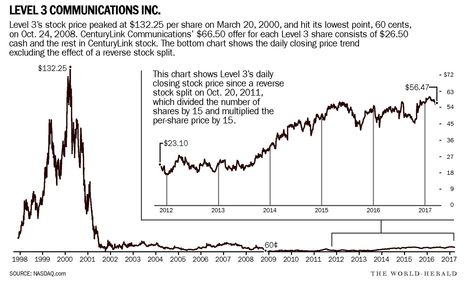(p. B1) VELDHOVEN, the Netherlands– ASML Holding NV, a little-known company based next to corn fields here, may hold the answer to a question hanging over the global semiconductor industry: how to make chips do more while keeping them the same, compact size.
The industry’s past prowess has been codified into what’s been called Moore’s Law, named after an observation Intel Corp. co-founder Gordon Moore first made in 1965. He postulated that chip makers could double the number of transistors in–and boost the performance of–a typical microprocessor every two years.
Last year, though, Intel Chief Executive Brian Krzanich warned that after decades of incredible leaps, that timeline was slipping closer to every 2.5 years. Some in the industry feared the eventual death of Moore’s Law, a rule of thumb underpinning modern computing.
ASML believes its breakthrough technology can postpone the demise. “I’m not concerned yet about the next 10-plus years,” said Hans Meiling, who oversees ASML’s effort trying to solve this problem.
Many in the industry, including big backers like Intel itself and Samsung Electronics Co. , are hoping ASML can quicken the pace of innovation once again. With around 15,000 employees and €6.3 billion ($7.05 billion) in revenue last year, the company manufactures equipment that makes chips–specializing in a field called photolithography. Specifically, ASML uses light rays to essentially lay out billions of transistors–the brain cells of a chip–in a microprocessor.
For the full story, see:
Stu Woo and Maarten van Tartwijk. “Dutch Company Aims to Make Chips Do More.” The Wall Street Journal (Mon., Oct. 3, 2016): B1 & B5.
(Note: the online version of the story has the title “Can This Little-Known Chip Company Preserve Moore’s Law?”)

